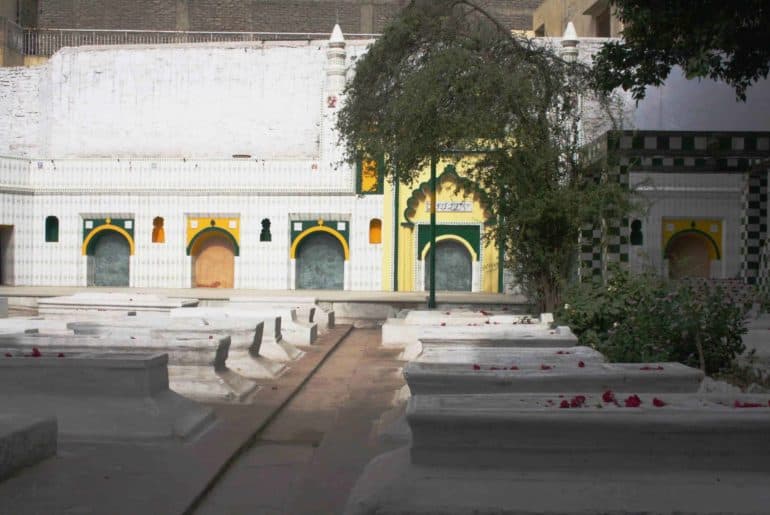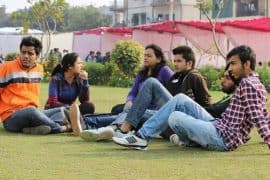In the heart of Mehrauli, there lies a 15th-century monument, a symbol of love and respect for all genders and sexualities.
A short auto ride from Chattarpur metro station, through a rundown gully filled with small shops, tight spaces, and an unmelodious cacophony, which is characteristic of this and many other places like these in Delhi, lies the Hijron Ka Khanqah, the literal translation of which is the Sufi spiritual retreat for Eunuchs. Many locals and autowallahs in and around the area either don’t know, or ignore the history of this monument and simply refer to it as the local Masjid. Hijron Ka khanqah is a monument dating to the 15th century, from the Lodi period and is the final resting place of 50 eunuchs from that era.
The entrance to this monument isn’t grand; rather, it is small and built alongside the various tiny shops in the locality. However, it is recognizable as it is made out of white and green, and is elegantly beautiful in design. Walking in through the narrow entrance, one needs to be mindful of the low ceiling. Although complex, it is quite small, comprising of 49 simple white graves and one elegantly designed grave in the corner, along with a small shrine facing Mecca for prayer. According to Historians, the grave belongs to a Miyan Saheb, who was close to Sufi Saint Qutbuddin Bakhtiar Kaki. Qutbuddin’s eminence in the Lodi Dynasty court is one of the reasons this complex was gifted to Miyan Saheb and the eunuchs.
Though it is located in one of the busiest localities in Delhi, once inside, there is an air of serenity, as the noise from the outside world is drowned out. The walk around the complex barely takes a few minutes due to the size of the complex, which is enough time to pay respects to the dead. Despite the cemetery being empty most of the time, it is still beautifully maintained and is frequently visited by the Hijra community on festive occasions, as they believe the monument holds magical powers.
In 2019, Eunuchs and many other communities still face discrimination based on their gender and sexuality. The past shows that people were able and willing to respect sexualities and genders which were not theirs. In times like these, Hijron ka Khanqah stands tall as a reminder that everyone is equal, regardless of how they identify or who they choose to love.
Feature Image Credits: thedelhiwalla
Prabhanu Kumar Das




Comments are closed.